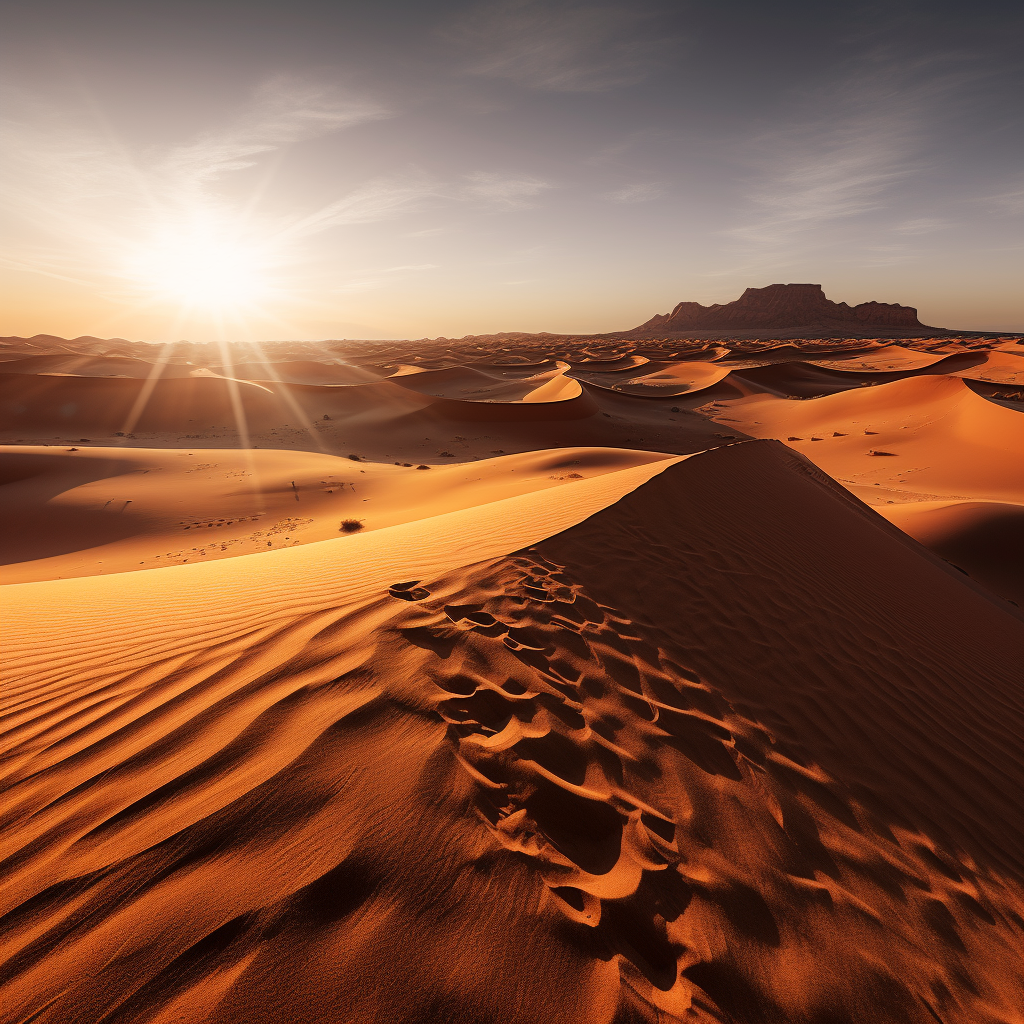The Gulf Cooperation Council (GCC) countries, comprising Bahrain, Kuwait, Oman, Qatar, Saudi Arabia, and the United Arab Emirates (UAE), have long been known for their abundant oil and gas reserves. However, recent developments and growing global demand have sparked interest in exploring the untapped mineral resources within the region. This feature story aims to delve into the potential of the GCC countries in uncovering and harnessing their hidden mineral wealth.
- The Importance of Mineral Resources in Economic Development:
Mineral resources play a crucial role in the economic development of nations. They are essential for various industries, including construction, manufacturing, and technology. By exploring and exploiting their mineral resources, countries can diversify their economies, reduce dependence on oil and gas, create employment opportunities, and stimulate economic growth.
- Mineral Policy in the GCC Countries:
To facilitate the exploration and utilization of mineral resources, the GCC countries have been formulating mineral policies and regulations. Unfortunately, specific information regarding the mineral policy in the GCC countries could not be retrieved from the provided sources (Reference 1 and Reference 2).
- Seabed Mining and Blue Growth in the GCC:
While traditional mining on land remains important, there is also potential for seabed mining in the GCC region. Seabed mineral deposits, such as polymetallic nodules, ferromanganese crusts, and rare earth element-rich muds, offer mining opportunities. However, responsible approaches are necessary to minimize environmental impact and biodiversity loss. Proper regulations, sustainable practices, and circular mineral value chains are essential for ensuring responsible resource exploitation and achieving sustainable development (Reference 3).
- Exploration of Hidden Mineral Treasures in the World:
Apart from the GCC countries, there are several other regions worldwide that are witnessing exploration and mining of untapped mineral resources:
a. Greenland: Greenland is experiencing a mining boom due to the discovery of various mineral deposits. However, the government’s uranium mining policy presents a challenge to potential investors (Reference 4).
b. Afghanistan: Afghanistan possesses vast untapped mineral resources estimated to be worth at least $1 trillion. These resources include iron ore, marble, rare earth minerals, aluminum, gold, gemstones, and more. Poor security, weak legislation, and corruption have hindered the development of the mining sector in Afghanistan (Reference 5 and Reference 12).
c. Egypt: Egypt is undergoing a legislative overhaul to attract exploration and investment in its untapped mineral resources, particularly gold. The government aims to leverage high gold prices and revised mining laws to entice foreign companies (Reference 6).
d. Pakistan: Pakistan possesses abundant mineral resources, including platinum, antimony, copper, and gold. However, the effective utilization of these resources for economic growth and poverty reduction is lacking. Challenges such as foreign investor disinterest, security concerns, and weak coordination need to be addressed (Reference 13).
- The Potential of Gold Exploration:
Gold exploration continues to captivate explorers, scientists, and investors worldwide. There is an ongoing quest to uncover untapped gold reserves beneath the Earth’s surface. Explorations for gold deposits often involve advanced geological surveys, remote sensing technologies, and drilling techniques. The depths of unexplored gold deposits still hold immense potential for discoveries (Reference 10).
